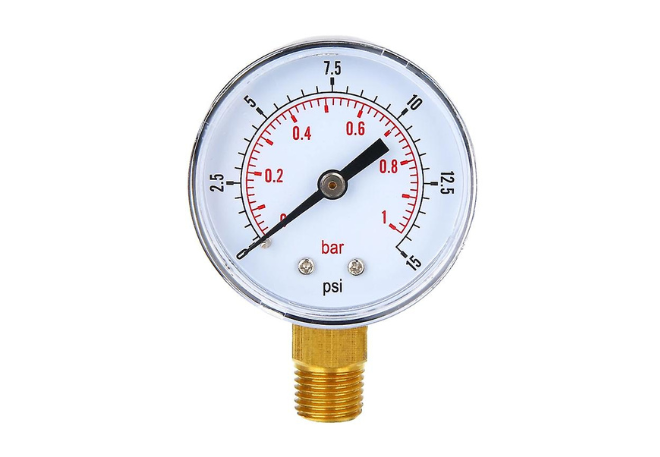The Ultimate Guide to Temperature Probes: Understanding Their Essential Role in Modern Industries
Introduction: The Vital Role of Temperature Probes
Temperature probes are indispensable tools in numerous industries, playing a critical role in monitoring and controlling processes that are sensitive to thermal variations. This article provides a comprehensive overview of temperature probes, discussing their types, applications, and best practices for selection and maintenance.
Understanding Temperature Probes: Types and Mechanisms
Temperature probes come in various forms, each designed to cater to specific requirements and environments. The most common types include:
Thermocouples
These are widely used due to their broad temperature ranges and rapid response times. Thermocouples work on the Seebeck effect, which generates a voltage when there is a temperature difference between two dissimilar metals.
Resistance Temperature Detectors (RTDs)
RTDs offer high accuracy and stability, making them ideal for precision applications. They operate on the principle that the resistance of a metal increases with temperature.
Thermistors
Similar to RTDs, thermistors change resistance with temperature but are made from ceramic or polymer materials. They are more sensitive than RTDs but have a smaller operational temperature range.
Infrared Sensors
These sensors measure temperature from a distance by detecting infrared radiation emitted by objects. They are useful in situations where direct contact with the target is impractical.
Applications of Temperature Probes in Industry
Temperature probes are integral to the functionality of various sectors:
Manufacturing
In manufacturing, temperature probes ensure that machinery operates within safe thermal conditions and that products are fabricated under optimal temperatures to meet quality standards.
Food and Beverage
In this sector, temperature probes are crucial for maintaining proper storage conditions, cooking, pasteurization, and refrigeration, directly impacting product safety and compliance with health regulations.
Healthcare
Temperature monitoring in healthcare is critical for patient care in clinical environments, sterilization processes, and in the storage of medicines and biological materials.
Automotive
In automotive applications, temperature probes help in monitoring engine and exhaust system temperatures, directly affecting performance and emission control.
Selecting the Right Temperature Probe
Choosing the appropriate temperature probe involves several considerations to ensure reliability and accuracy:
Temperature Range and Accuracy
Select a probe that can handle the maximum and minimum expected temperatures of your application with the required accuracy.
Environment
Consider environmental factors such as humidity, pressure, and potential chemical exposure. For harsh conditions, probes with robust housings and protective coatings are preferable.
Response Time
In applications where temperature conditions can change rapidly, a fast response time is crucial to prevent damage or ensure process quality.
Installation and Compatibility
Ensure that the probe's design is compatible with your equipment and that it can be easily installed and maintained.
Best Practices for Maintenance and Calibration
To maintain accuracy and prolong the lifespan of temperature probes, regular maintenance and calibration are essential:
Regular Calibration
Schedule regular calibration checks to ensure that the temperature readings are consistent and accurate. Calibration frequency depends on usage intensity and environmental conditions.
Proper Handling and Installation
Handle probes with care to avoid damage. Incorrect installation can lead to inaccurate readings or premature failure.
Routine Inspections
Regularly inspect the probe and its connections for signs of wear or corrosion. Replace any damaged parts promptly to avoid disruptions in temperature monitoring.
Future Trends in Temperature Monitoring
Advancements in temperature probe technology continue to enhance their effectiveness and application scope. Innovations such as wireless sensor networks and smart probes equipped with IoT capabilities are set to revolutionize temperature monitoring by providing real-time data analytics, predictive maintenance, and remote monitoring options.
Conclusion
Temperature probes are more than just devices for measuring heat; they are crucial components that ensure safety, efficiency, and quality across multiple sectors. By understanding the different types of probes and their applications, industries can choose the right tools to meet their specific needs, thereby optimizing their operations and enhancing productivity.




Comments
Post a Comment